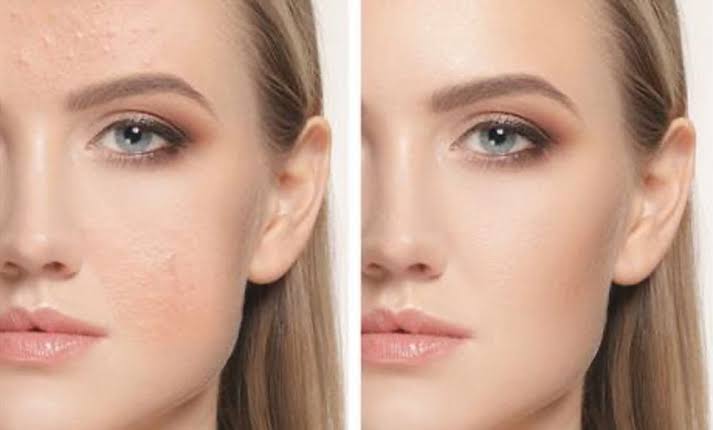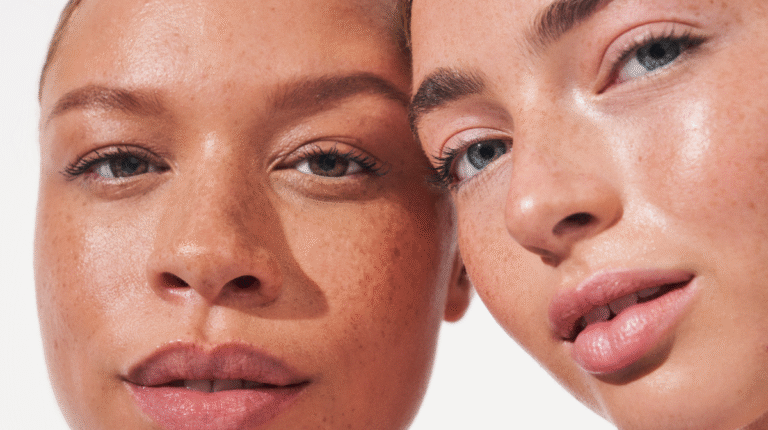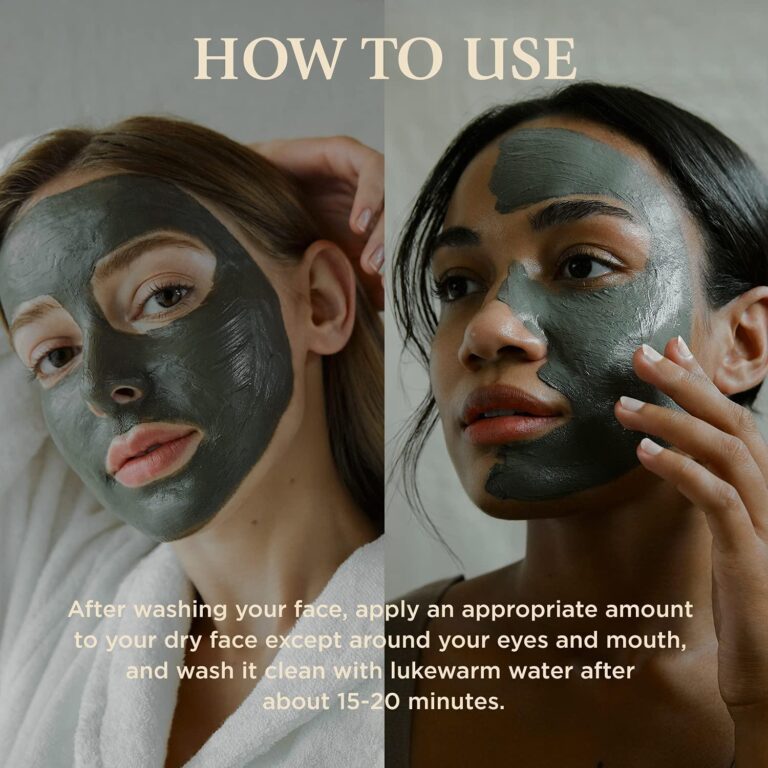
There are many reasons that lead to uneven skin color.. It may be because some places are exposed to sunlight and other places are not exposed. This is noticed by those who wear the hijab and do not use sunblock, as the places exposed to the sun appear in a darker color than the natural skin color. Covered with a veil on both sides of the face.
Non-uniformity of the skin color may occur due to the application of sunscreen and its distribution in an uneven manner on the face, which causes the darkening of some places that were painted with less amounts of sunscreen, or places that were completely ignored and were not painted.
In some cases, darkening may occur in some places of the face in the form of brown or gray spots on the forehead, nose, and cheeks. This condition is called melasma, and it requires a visit to a doctor. There are other cases of increased pigmentation that lead to non-uniformity of the skin color, such as the darkening that occurs after Inflammation such as spots after acne or age spots and freckles.
And the reason for the non-uniformity of the skin color may be the lack of melanin pigment production in a specific area, which makes it lighter than others, and the most famous example of this is the problem of vitiligo, which also requires a visit to the doctor, who may be treated using cortisone or radiotherapy, etc., and the problem of colored tinea, which may They appear in the form of light or dark spots, and they also require a visit to a doctor, who often prescribes treatments containing antifungals.







